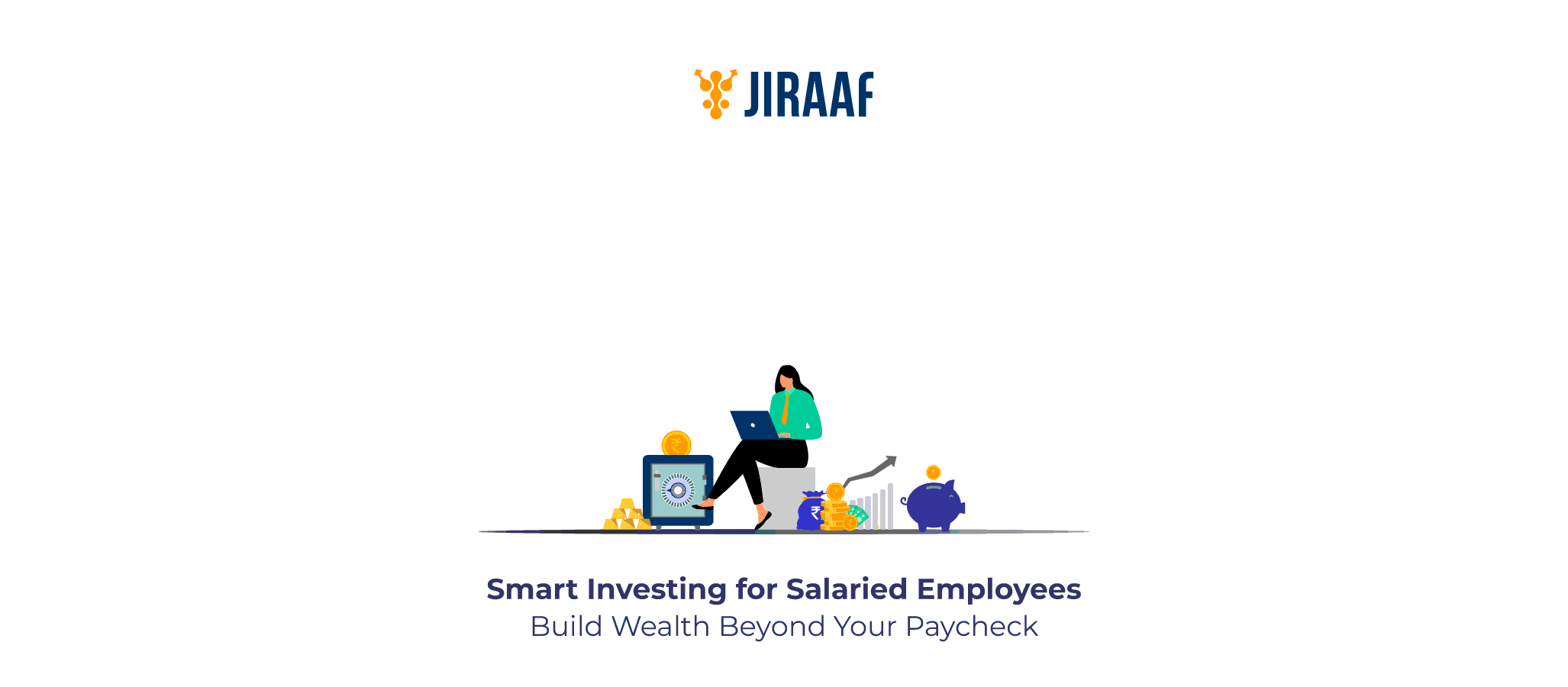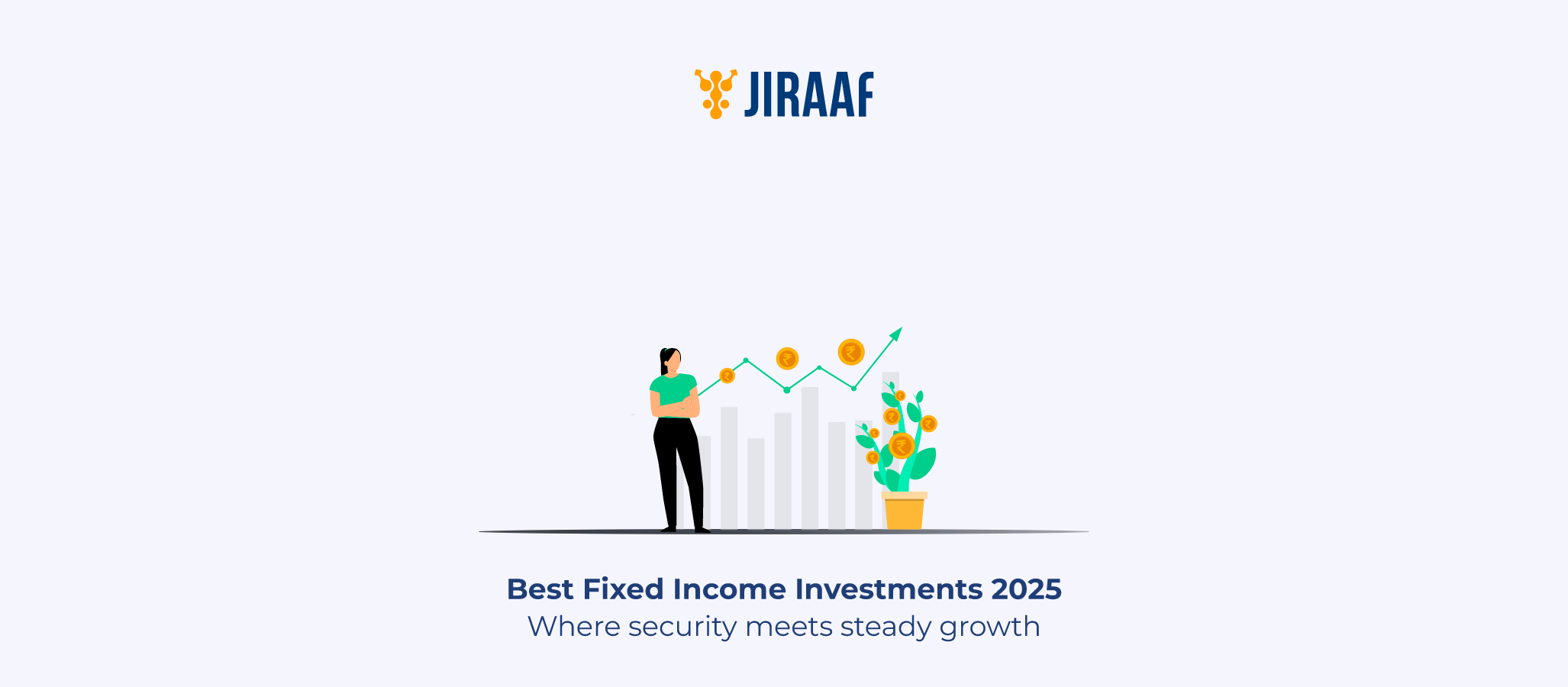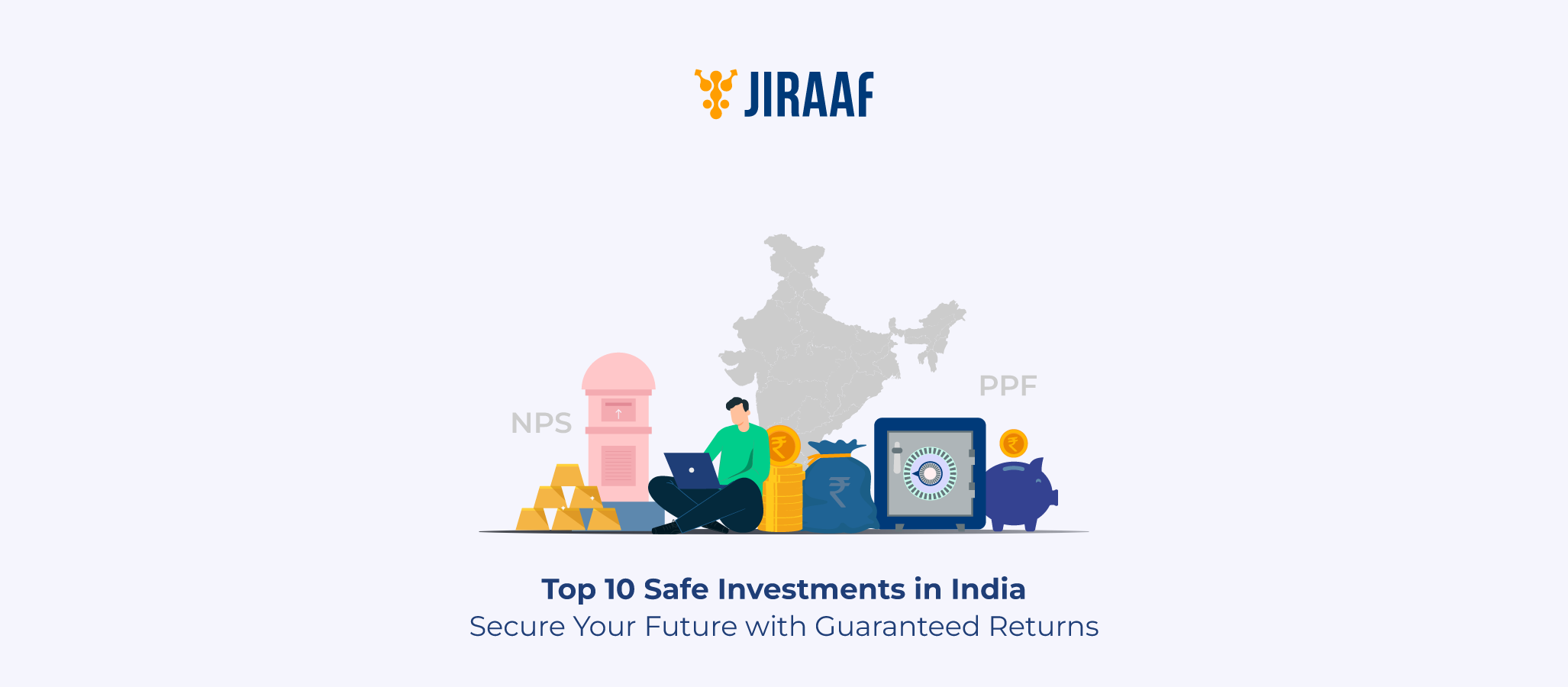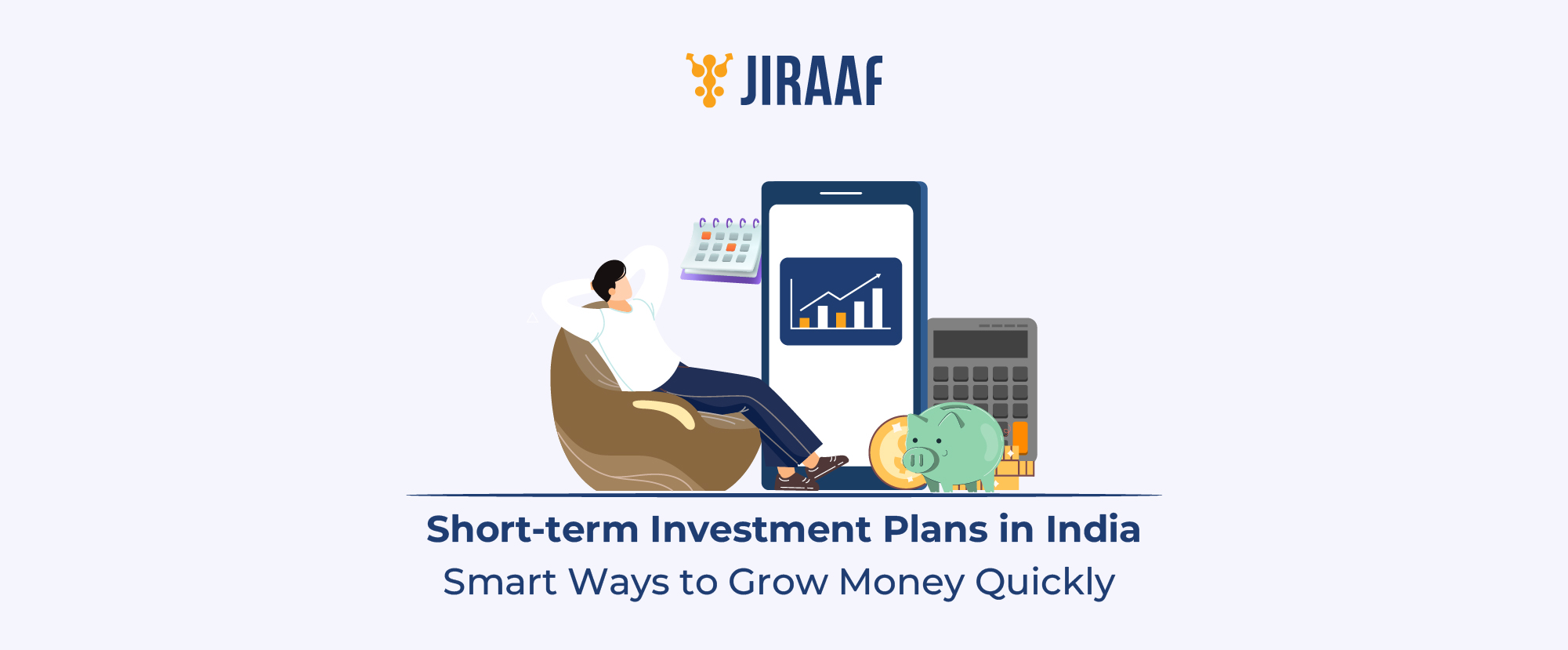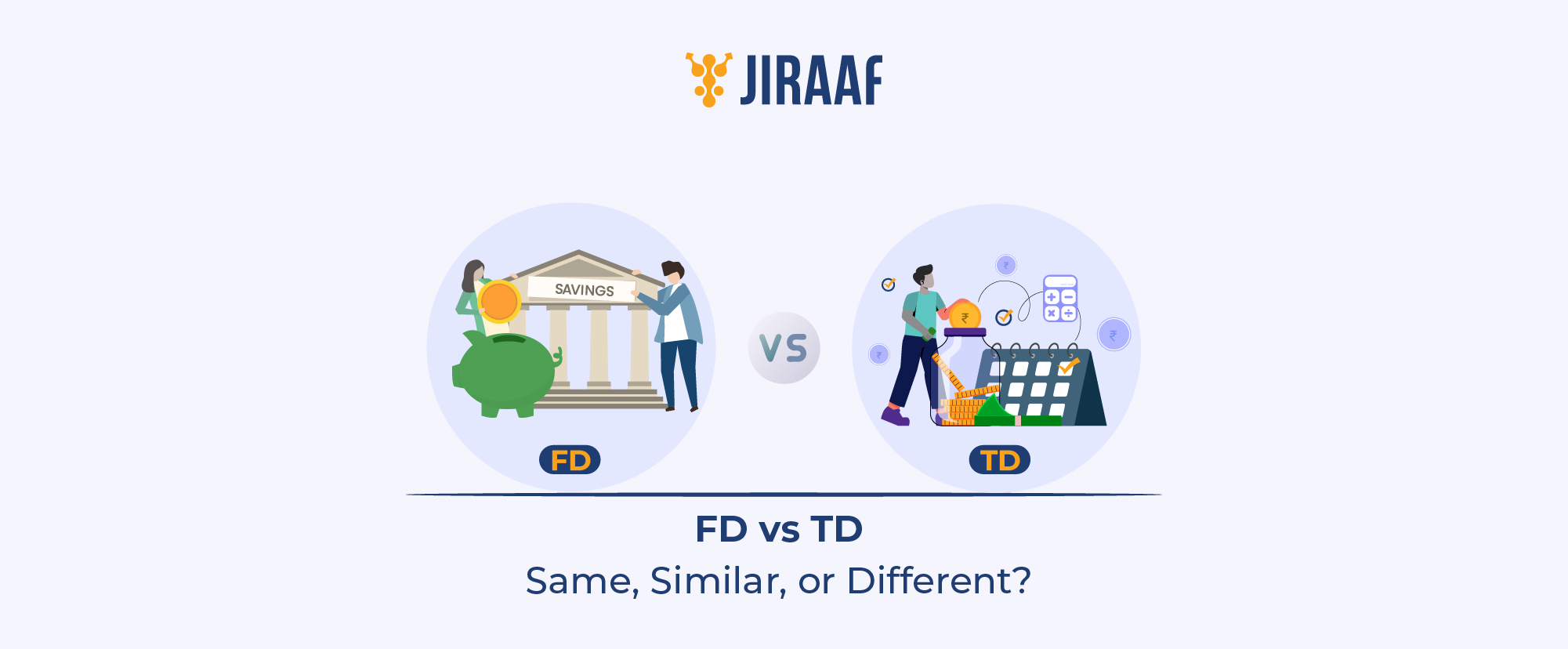Salaried employees have a lot going for them, like structured processes, work-life balance, pre-set work hours, health benefits, and a steady paycheck. That regular income comes with great peace, but with increasing costs and necessities, there’s barely any money left at the end of the month for saving or investing.
But with conscious budgeting and spending, you can set some money aside. That surplus, however modest, is your opportunity to make more money. Now, there are instruments designed specifically keeping the needs and limitations of salaried employees in India. Let’s have a look at some of them.
Let’s have a look at the top investment options tailored for salaried professionals, helping you grow steadily alongside your income.
Public Provident Fund (PPF): Secure and Tax-free Growth
- PPF is one of the safest investment avenues, backed by the government of India.
- As of September 2025, the interest rate is 7.1%, revised every quarter, so returns move with government updates.
- Salaried employees benefit from triple tax advantages: contributions up to ₹1.5 lakh qualify under Section 80C, interest is exempt from tax, and maturity proceeds are tax free.
This creates a solid foundation of guaranteed, tax-efficient savings. Once you secure this base, the natural step is to look at investments directly linked to your monthly salary, such as EPF.
Employees’ Provident Fund (EPF): Automatic Salary-based Savings
- EPF works as an automatic savings mechanism, with 12% of your basic salary and dearness allowance going into the fund every month, matched by your employer.
- As of September 2025, EPF earns an interest rate of 8.25%, making it a strong long-term retirement tool.
- Part of the employer’s share goes into the Employees’ Pension Scheme, adding another layer of retirement income.
- EPF enjoys Exempt, Exempt, Exempt (EEE) tax status, with deductions under Section 80C, for tax-free growth, and tax-free maturity.
While EPF covers retirement security, it may not be enough to build wealth quickly or save for mid-term goals, which is where SIPs come in.
Systematic Investment Plans (SIP) in Mutual Funds
- SIPs allow salaried employees to invest a fixed sum regularly in mutual funds, making wealth-building disciplined and manageable.
- They use rupee cost averaging to minimize volatility and long-term compounding to maximize returns.
- Depending on the choice of equity, debt, or hybrid funds, employees can balance risk with growth.
- This professional management helps busy salaried individuals grow wealth over time.
However, some investors prefer direct control and ownership over their money, which leads us to equity investments.
Equity: Ownership with Higher Risk and Reward
- Equity gives you direct ownership in companies, rewarding you with capital appreciation and dividends when businesses perform well.
- The downside here is the higher risk; poor company performance can erode value.
- Salaried employees often explore equities to diversify and aim for higher long-term gains, though it requires research and patience.
For those who want market exposure but, in a retirement-focused, structured manner, NPS becomes an attractive option.
National Pension System (NPS): Retirement-focused Investment
- NPS is designed to help employees build a retirement corpus with a mix of equity, government securities, and bonds.
- It provides flexibility: you can decide your allocation or choose the lifecycle fund that adjusts risk as you age.
- Contributions up to ₹1.5 lakh fall under Section 80C, and an additional deduction of ₹50,000 is available under Section 80CCD(1B).
- NPS suits salaried employees planning long-term financial security.
Note: On maturity, up to 60% of the corpus can be withdrawn tax-free, but the remaining 40% must be used to purchase an annuity, which is taxable as income.
For medium-term stability, however, many turn to fixed-income options like NSC or traditional FDs.
Fixed Deposits (FDs): Guaranteed Returns for Risk-averse Investors
- FDs remain one of the most trusted and straightforward choices for salaried individuals.
- They offer guaranteed returns and flexible tenures, with interest rates going up to 8.5% at small finance banks and NBFCs (as per Sept’25). Senior citizens earn an additional 0.25-0.50%.
- Employees can choose cumulative FDs for lump-sum maturity or non-cumulative ones for regular income.
With FDs covering near-term needs, the focus can shift toward investments that provide tax relief along with growth potential.
Tax-Saving Instruments (ELSS and Other 80C Options)
- Equity Linked Savings Schemes (ELSS) combine tax-saving benefits with equity market exposure.
- They carry the shortest lock-in among Section 80C investments at just three years.
- Employees can claim up to ₹1.5 lakh deduction under Section 80C, and long-term capital gains above ₹1.25 lakh are taxed at 12.5%.
- ELSS is ideal for those who want to reduce taxes while aiming for long-term growth.
For employees looking to build tangible wealth alongside financial investments, real estate becomes the next natural consideration.
Real Estate Investments: Long-term Wealth Creation
- Real estate is both an asset and a milestone for salaried professionals, often seen as a sign of financial stability.
- India’s real estate sector is expected to expand to US$ 5.8 trillion by 2047, contributing 15.5% to the GDP from an existing share of 7.3%.
- Direct property ownership offers both appreciation and rental income, while Real Estate Investment Trusts (REITs) provide exposure without heavy capital requirements.
Real estate builds wealth over the long term, though it lacks liquidity. To add balance and hedge against inflation, gold remains an essential option.
Gold and Sovereign Gold Bonds: Hedge Against Inflation
- Gold has historically acted as a hedge against inflation and a safe-haven asset during uncertainty.
- Employees can invest in physical gold, digital gold, or Sovereign Gold Bonds (SGBs).
- SGBs, issued by the Government of India, track gold prices and provide fixed interest, though fresh issuances have paused; however, the old issuances still exist and are still being traded.
Gold ensures stability, but for salaried employees who want steady fixed income returns above traditional deposits, bonds present another route.
Corporate Bonds and RBI Bonds: Low-risk Fixed Income
- Corporate bonds usually offer higher returns than FDs, ranging from 8 to 12% depending on the issuer’s credit rating.
- RBI bonds, issued by the central bank, provide guaranteed interest and are backed by the Government of India, making them highly reliable.
- These instruments balance risk and reward, giving salaried employees additional choices for stable income.
Tips for Creating a Diversified Investment Portfolio
After looking at the different investment options for salaried employees, the next question is how to bring them together into one portfolio. Simply picking the best investment options for a salaried person is not enough if they are not balanced. That is where diversification comes in, ensuring that your money works for you without taking unnecessary risks.
- Do not overconcentrate on one option.
Even the safest or highest-return option has limits. Distributing across equity, debt, real estate, and gold ensures stability.
- Follow age-based allocation
Your age affects your earning potential and risk tolerance. Younger employees can lean more toward equity, while older employees may prefer secure avenues like PPF or bonds.
- Match investments with financial goals.
Link short-term needs to liquid or fixed deposits, mid-term goals to hybrid or debt funds, and long-term aspirations to equity, NPS, or real estate.
- Balance risk and reward
Combine safe instruments like EPF and PPF with higher-growth options like SIPs or ELSS to achieve both security and wealth creation.
- Review and rebalance regularly.
As your salary grows or life stage changes, revisit your portfolio each year to make sure it matches your goals.
- Consult a financial advisor when needed
Professional guidance can help you optimize tax savings, asset allocation, and risk management, giving clarity in decision-making.
Diversification is not about chasing every product available but about creating a balanced plan that suits your income, age, and goals. With the right mix, a salaried person can enjoy both peace of mind and steady wealth creation.
Conclusion
Being a salaried employee gives you the comfort of stability, so you can invest a consistent amount regularly to build the corpus you aim for.
By diversifying across the right mix of options—safe, tax-efficient, and growth-oriented—you can secure your retirement, achieve life goals, and build financial independence. Start small, stay consistent, and watch your money grow comfortably with smart choices.
